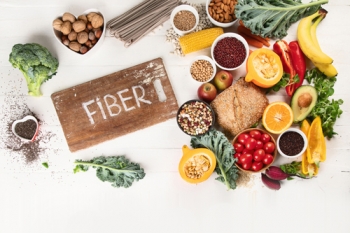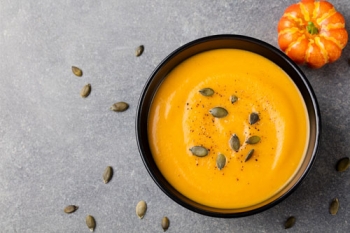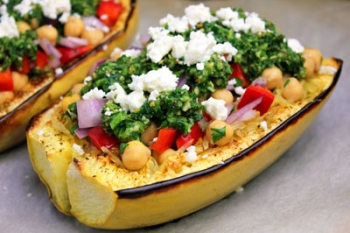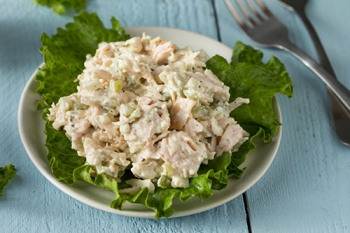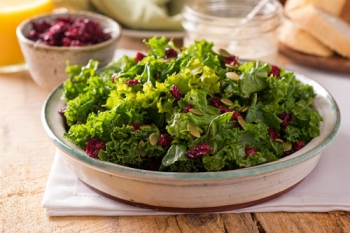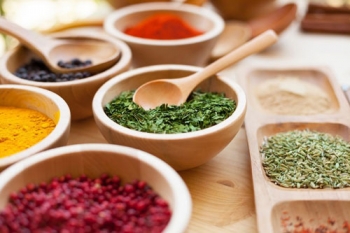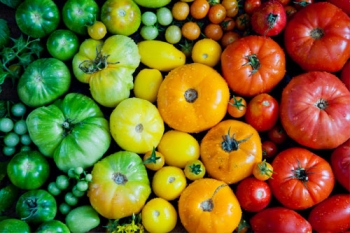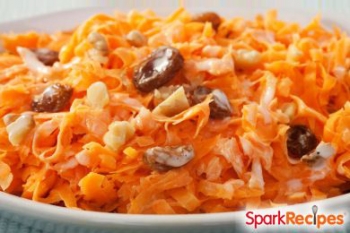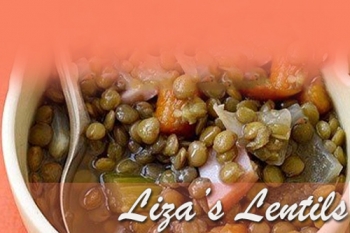Fiber: What It Is and Why It's Important
Fiber is a carbohydrate that your body does not digest or absorb. Fiber is also often known as roughage and is found in plant foods.
Holiday Traditions That Do Not Involve Food
Board games, card games or puzzles, Holiday decorating, Knitting Watching a holiday themed movie
Post-Op Diet Progression During the Holidays (Recipe Guide)
No matter what the time of year it is very important to follow the post-operative diet progression exactly as written to ensure your safety.
Curried Pumpkin Soup
In a saucepan, heat olive oil over medium heat. Add onion and celery and sauté for about 5 minutes. Add garlic and curry powder and cook for another minute.
Comparison & the Importance of a Positive Mindset
It is normal to be inclined to compare yourself and your weight loss journey to others. However, it is not beneficial to use this comparison to make yourself feel lesser than others.
Convenience Foods for Success
Many of us find that a barrier to reaching or maintaining our health goals can be time. Cooking things from scratch or trying new recipes can be very rewarding; however, many of us do not have the time that would allow...
Italian Single-Skillet Chicken
Heat olive oil in a skillet to medium high heat. Add peppers and onions. Cook for about 5 minutes or until softened. Add garlic and cook for another few minutes.
Mediterranean Stuffed Spaghetti Squash
Preheat the oven to 400 degrees Fahrenheit. Using a sharp knife, cut spaghetti squash in half. Scoop out the insides of each half and discard. Drizzle each squash half with olive oil and rub it over the entire surface.
Greek Yogurt Chicken Salad
Serving size: 4 Ingredients 1/2 cup Greek yogurt 2 cups cooked chicken breast, cubed or shredded 1/4 cup chopped celery 1 tbs lemon juice 1/2 tsp garlic powder 1 tsp mustard Salt and pepper to taste
Nutrition for Bariatric Surgery
Chances are that if you are considering bariatric surgery you have heard of it referred to as a “tool.” The reason why surgery is considered a tool is because nutrition and lifestyle choices still play a big part in determining
Cedar Plank Salmon (2 servings)
1 cedar plank (carried in stores where you can buy grilling equipment, many grocery stores, or online)
Fire up the grill, it’s BBQ Season!
Barbecue season is upon us! There’s no better way to enjoy our summer weather than to spend an evening outside cooking a meal. Barbecuing can be a great way to bond with family members and to save the money
Baby Kale Salad with Cranberry Vinaigrette
Serving Size: 8 Ingredients 1/2 cup thinly sliced red onion 1/4 cup cranberries 1 orange 1 tablespoons red wine vinegar 1 teaspoons honey 4 tablespoons extra-virgin olive oil 4 cups baby kale, washed ¼ cup walnuts
Enhance Flavor and Nutrition with Herbs and Spices
Herbs and spices are a great way to boost flavor and bring interest to dishes. Along with added flavor, herbs and spices also provide nutrition benefits. Many herbs and spices such as clove, rosemary, sage
Better Health in your Backyard: Plant the Rainbow
Home gardens can be a fun and rewarding way to improve your diet by adding nutrient rich fruits and veggies into meals and snacks! Our summer season on long island gives us plenty of time to start a garden
Bariatric Friendly Thanksgiving Recipes
The following recipes are shared from SparkRecipes. Carrot & Cranberry Salad Minutes to Prepare: 10 Number of Servings: 4 Ingredients 1/4 cup dried cranberries, soaked in hot water
Liza’s Lentils
Liza’s Lentil Soup Serves: 6 People Equipment: Slow Cooker“Crock Pot” Prep time: 10m Cook Time: 6h 0m Ingredients 3 LargeCarrots (Chopped) 3 stalks of Celery (Chopped) For EACH serving 1 Large Onion (Chopped)
Switch languages with a click!
Explore our Nutritional Corner for practical tips, healthy recipes, and expert guidance to help you succeed on your weight loss journey. Dr. Ahmad and his team share trusted advice and inspiration to support better nutrition choices and lasting results.


